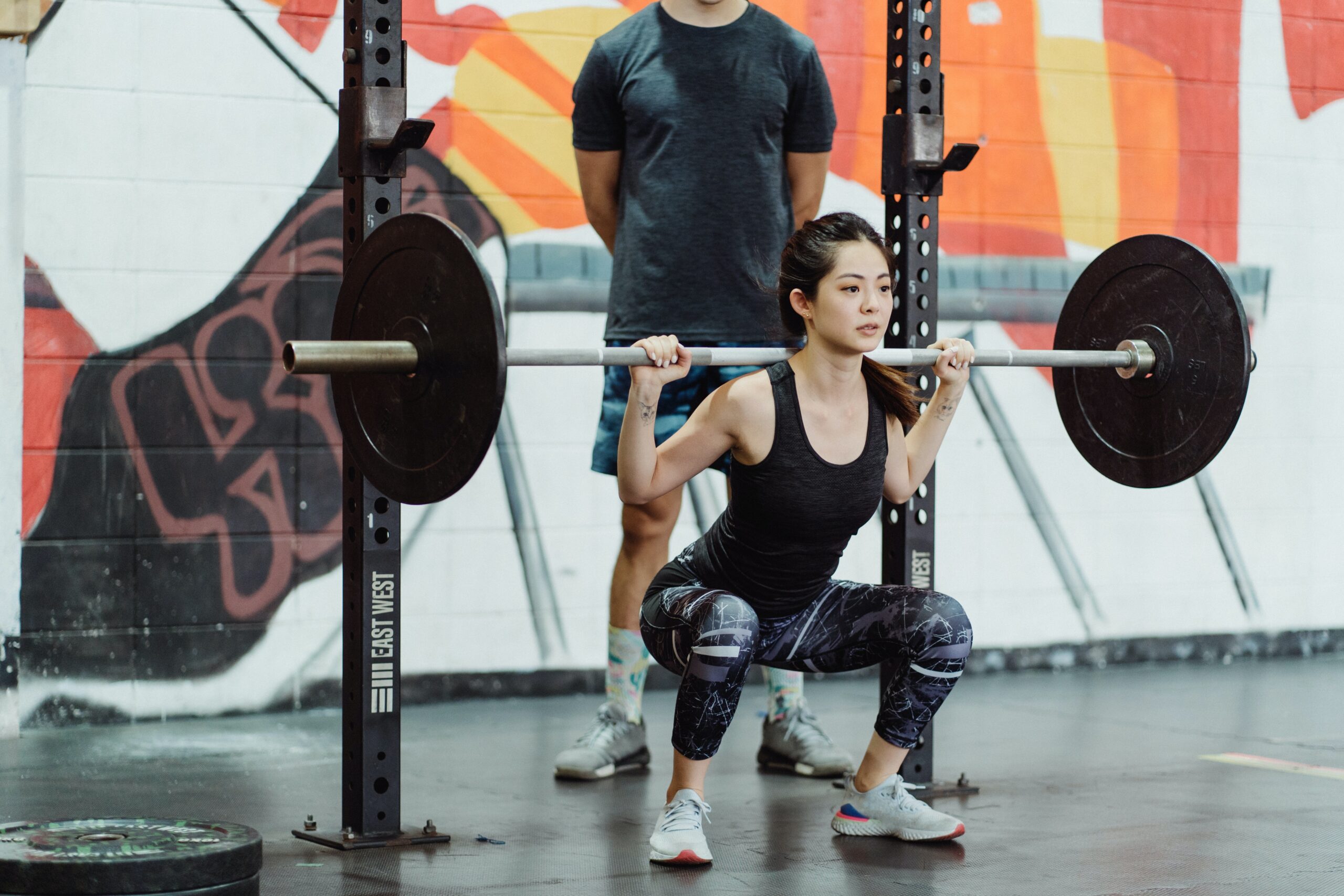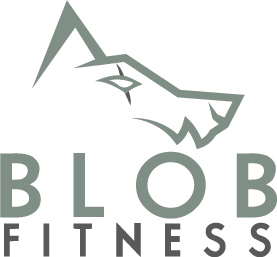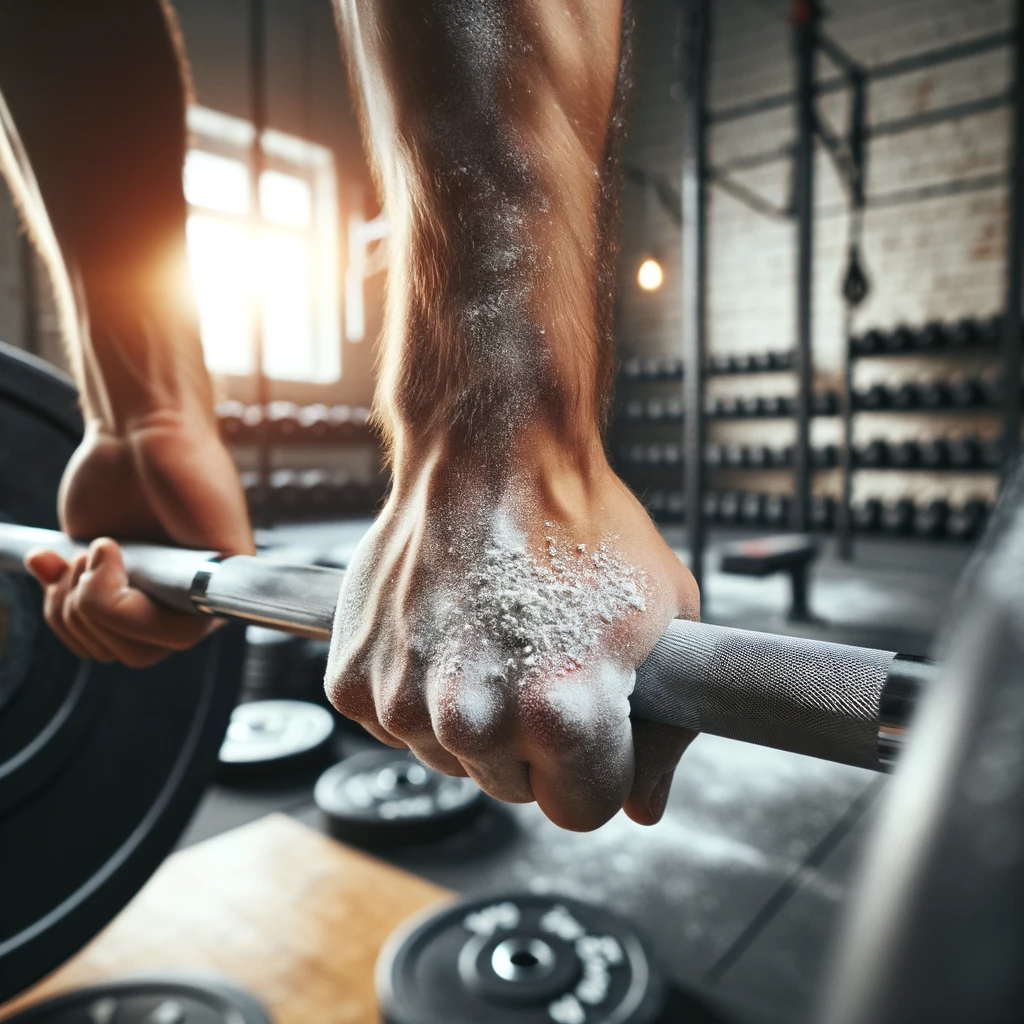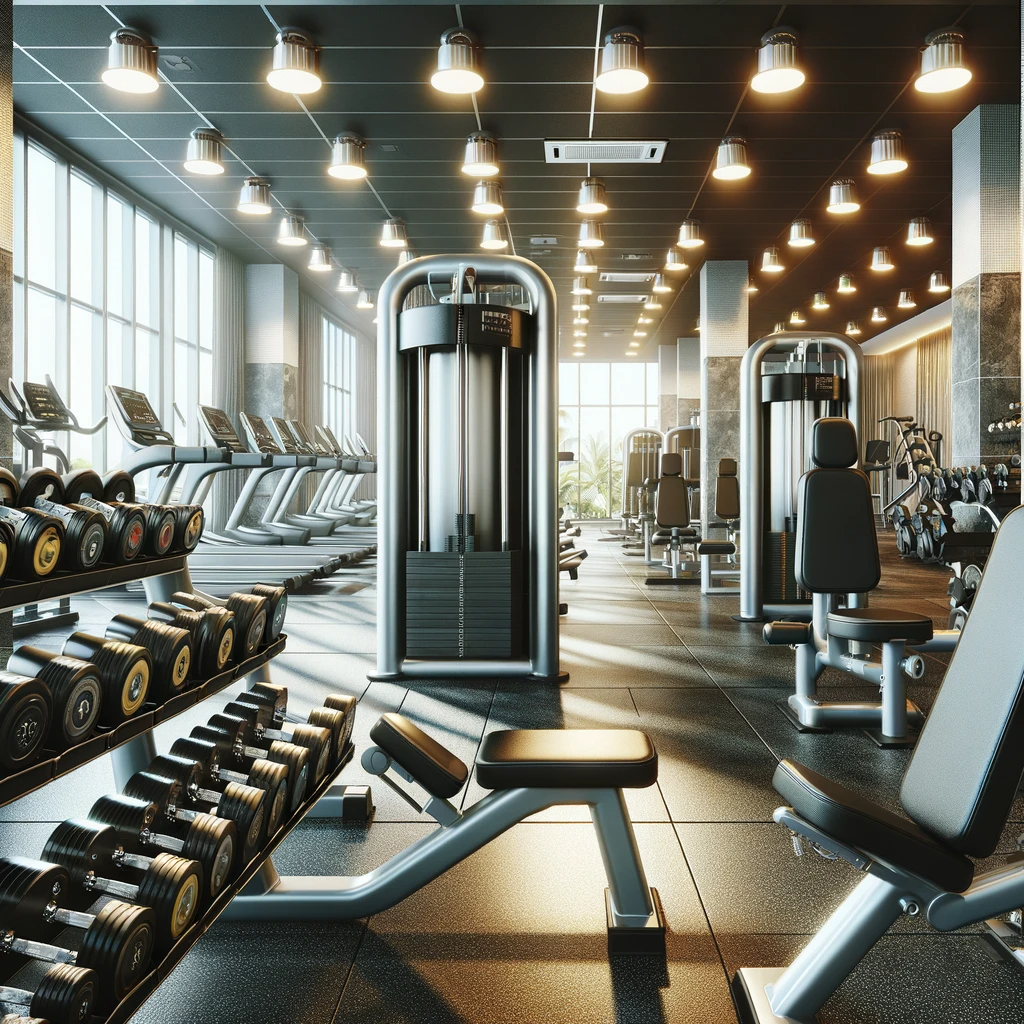
Let’s face it, taking up 2+ hours at the gym can be brutal. If you are working out early in the morning, you may only have so much time to work out before you need to go to work or get your kids to school.
If you work out at night, you may not want to work out too late because you still need to get home, eat, and prepare for the next day.
Sometimes, the best thing you can do is condense your workout.
In this guide, we will delve into various techniques to save time at the gym, providing you with examples of exercises for each technique. Let's dive right in.
1. Re-evaluating Your Training Program
Why It's Important:
Your training program directly correlates with how much time you spend time at the gym. Making strategic adjustments can help in drastically reducing your workout duration without compromising on results.
There are many different workout templates you can follow. Let's go over the 2 most popular Full body and Push Pull Legs (PPL) to see how either one can benefit you and your needs.
Full Body vs. Push Pull Legs (PPL) Programs:
-
Full Body Workouts: These involve targeting every major muscle group in a single session. A full-body workout can help reduce the number of days you spend at the gym, however, they can take up plenty of time each day. Here is an example of what a full-body microcycle may look like:
- Monday: Squat, Bench, Deadlift (This alone will take easily an hour plus)
- Tuesday: Rest
- Wednesday: Dips for Chest, Close Grip Pull Ups, Shoulder Press, Leg Press, Hamstring Curl, Calves
- Thursday: Rest
- Friday: Squat, Overhead Press, Rows, Chest Flys, Dips, Calves
- Saturday: Rest
- Sunday: Rest or another workout.
-
PPL Workouts: These focus on different muscle groups on different days, allowing for shorter but more frequent workouts.
- Monday: Bench, Flys, Shoulder Press, Lateral Raises
- Tuesday: Deadlifts, Rows, Bicep Curls, Tricep Kickbacks
- Wednesday: Squats, Leg Press, Hamstring curl, calves
- Thursday: Rest
- Friday to Sunday: Repeat
Takeaway:
If reducing the number of days at the gym isn't a priority but shorter daily workouts are, PPL might be the way to go.
On the other hand, if you're looking for more rest days and don't mind longer sessions, a Full Body workout might suit you better.
2. Myo-Reps: Intensifying Your Training
Why It's Important:
Myo-reps are a form of rest-pause training. This technique involves performing an initial set to near failure, followed by several mini-sets with short rest intervals. This can intensify your training and cut down workout times.
Example Workout with Myo-Reps:
- Bench Press: Initial set of 10 reps, followed by 3 mini-sets of 3 reps with 15-second rest intervals.
- Bicep Curls: Initial set of 12 reps, followed by 3 mini-sets of 4 reps with 15-second rest intervals.
Added Benefits
Myo-reps can be extremely efficient and can help with hypertrophy due to their intensity.
3. Supersets: Doubling Up for Efficiency
Why It's Important:
Supersets involve performing two exercises back-to-back with little to no rest. This not only saves time but also intensifies the workout.
Example Superset Workouts:
- Bench Press (Chest) immediately followed by Bent Over Rows (Back).
- Bicep Curls (Biceps) followed by Tricep Dips (Triceps).
Tip Regarding Supersets
Pairing exercises that target contrasting muscle groups can enhance in-session recovery and potentially boost performance in the subsequent exercise.
Take, for instance, coupling bicep curls with tricep dips. The tricep dip adds a dynamic stretch that can help the short recovery window going into the next set.
When considering supersets, this approach is highly recommended.
4. Focus on Compound Movements
Why It's Important:
Compound exercises work for multiple muscle groups simultaneously. By integrating more of these into your routine, you can cut down on the number of exercises while still ensuring a full-body workout. Considering this, there is plenty of overlap going on.
Hence in my Full Body Workout for Monday, it's just Squats, Bench, and Deadlift. You all major muscles and other muscles get plenty of cross-training.
Although, you can do SBD every other day, for some people it's too fatiguing, especially doing deadlifts that often.
Deadlifts can be replaced with something like pull-ups for the 2nd workout of the week as pull-ups are still a multi-muscle workout.

Examples of Compound Movements:
- Deadlifts: Targets back, hamstrings, and glutes.
- Squats: Engages quads, hamstrings, glutes, and core.
- Bench Press: Works chest, triceps, and shoulders.
- Pull Ups: Back, Biceps (overhead pull-ups)
5. Drop Sets: Amplifying Intensity
Why It's Important:
Drop sets elevate the intensity of your workouts by pushing muscles to their limits, allowing you to achieve muscle fatigue rapidly. I always include them when I'm in a rush and need to head out.
What I love about drop sets, similar to myo-reps, they not only can help maximize muscle hypertrophy due to it's intensity but are also a key technique to save time at the gym.
How to Implement Drop Sets:
- Start Strong: Begin with a weight you can lift for a specific number of reps (e.g., 8-10) until you're close to failure.
- Decrease and Continue: Immediately reduce the weight by 20-30% and continue the exercise.
- Repeat as Needed: Upon reaching near failure again, drop the weight once more. Typically, 2-3 drops are executed in one set.
Example of a Drop Set with Dumbbell Bicep Curls:
- Begin with 30 lbs and curl until nearing failure, perhaps after 8 reps.
- Immediately switch to 20 lbs dumbbells and continue until you approach failure again, possibly after another 8 reps.
- Without resting, transition to 15 lbs dumbbells and perform reps until near failure.
Points to Note:
Drop sets are demanding on the muscles. It's essential to ensure proper form to prevent injury and to use this technique judiciously within a workout regimen.
6. Shorten Warm Ups
Why It's Important:
I'm a firm believer that everyone should warm up before training. However, it's very easy to spend too much time warming up. Warming up for some an easily take 30-40 minutes of their workout.
Example of how to shorten warm-ups
Personally, if I need to save time at the gym and i'm doing a training session mainly of isometric movements, my warm-up tends to be 5 minutes on a stationary bike.
That's it. For every exercise I do, I'll do a warm-up set with lightweight, but not much more.
When doing a training session mainly consisting of compound movements, I'll still do my 5 minutes on the stationary bike but will add some core exercises and calf stretches.
Focus On Your Weaknesses
Make sure when you're warming up, you target weak areas that need to be warmed up.
Have bad ankles? Focus on doing some ankle stretches.
Are hamstrings too tight? Do some dynamic hamstring stretches.
Don't focus on stretching your quads when your quads are not much of an issue. You can easily warm them up with a warm-up set or doing leg kicks in place.
Final Thoughts to Save Time at the Gym
Time is precious, and optimizing your workouts can ensure you get the best out of both your gym sessions and the rest of your day. By adopting some or all of the techniques mentioned, you can strike the perfect balance between efficiency and effectiveness. Remember, it's not always about how long you spend at the gym, but how you utilize that time.
Photos by Ann poan and Ketut Subiyanto
Get a Free Guide!
Similar Posts
Explore the pivotal role of using chalk when lifting. Find out why this can be the tool to increase your strength and help you reach your goals.
Learning to optimally rest between sets can give you the advantage you need to lift more and make better gains. Discover all the ways to do so.
Machines or dumbbells for hypertrophy has been a ongoing debate for so long. Find out which is better at effectively building muscle.



